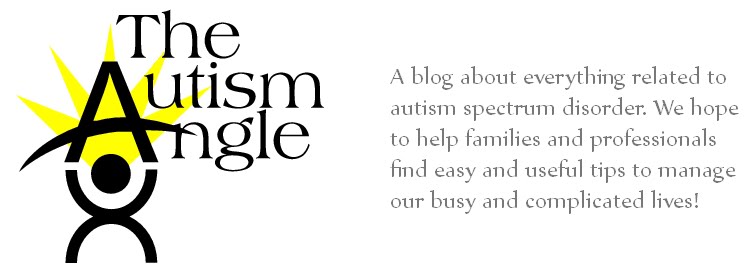 Maria Wheeler's book Toilet Training for Individuals with Autism and Other Developmental Issues is a great resource for anyone dealing with the seemingly insurmountable task of toilet training and has tried conventional methods with no success. The book is very parent friendly with clear descriptions, photos, and case examples of real situations and strategies that have worked.
Maria Wheeler's book Toilet Training for Individuals with Autism and Other Developmental Issues is a great resource for anyone dealing with the seemingly insurmountable task of toilet training and has tried conventional methods with no success. The book is very parent friendly with clear descriptions, photos, and case examples of real situations and strategies that have worked.She begins by providing clues to first understand if the individual is developmentally ready and aware enough to begin the training process. A combination of developmental and behavioral principles are discussed in the book.
Examples of strategies she mentions include:
- Providing a visual sequence detailing each step of the toileting process
- Taking data and charting when elimination occurs to begin taking the individual to the bathroom on a predictable schedule (5 or so minutes before the usual event occurs)
- Desensitization strategies for those who are sensitive to flushing or other sensory overload experiences
- Putting underwear under the diaper so the person notices when he/she is wet
- When teaching try to take the emotion out of it (do not use punishment if there is an accident, but rather calmly help the individual clean it up, praise when the child is successful but not in an overwhelming way)
- Limit fluids before bedtime
- Assess and address any fears or misconceptions the individual may have in regards to toileting through social stories or other visual methods
- Put a developmentally appropriate communication system in place for the individual to communicate when he/she needs to go (if the child goes independently, however, do not punish or insist on permission first because this could be a step back)
- Using a visual reward at the end of the toileting sequence may be needed to motivate some
 |
| Picture Sequence Example from Do2learn Website |
Although the author uses a lot of "lingo" including using "visual schedules" etc., few examples are provided of how to set these up-- for free pictures and more examples you may want to go to: http://www.do2learn.com/
Other common, but tricky topics the author addresses include:
Fear of the bathroom or toilet
Repeated Flushing
Failure to urinate or have a bowel movement in the toilet
Urinating Outside the Toilet Bowl
Smearing Feces
Wiping Issues
Using too much Toilet Paper
Toilet trained at home but not at other places
Regression
If you are ready to tackle toilet training once and for all, I strongly suggest
reading this book. It is one of the most developmentally appropriate resources on this topic that we have come across. The strategies may be time consuming to implement and require a very structured and consistent caregiver, but Maria Wheeler equips the reader with data collection charts, a social story about Toilet Training, case examples, as well as definitions, and other resources!
-Molly

So, when school Autism training is made available, it makes it much easier for teachers and classroom staff to find the right course of action for the individual student. Unfortunately, there is no established cure or single treatment that is known to work with any specific Autism symptom, so the school Autism training is usually going to have to be somewhat broad and expansive.
ReplyDeleteautism treatments